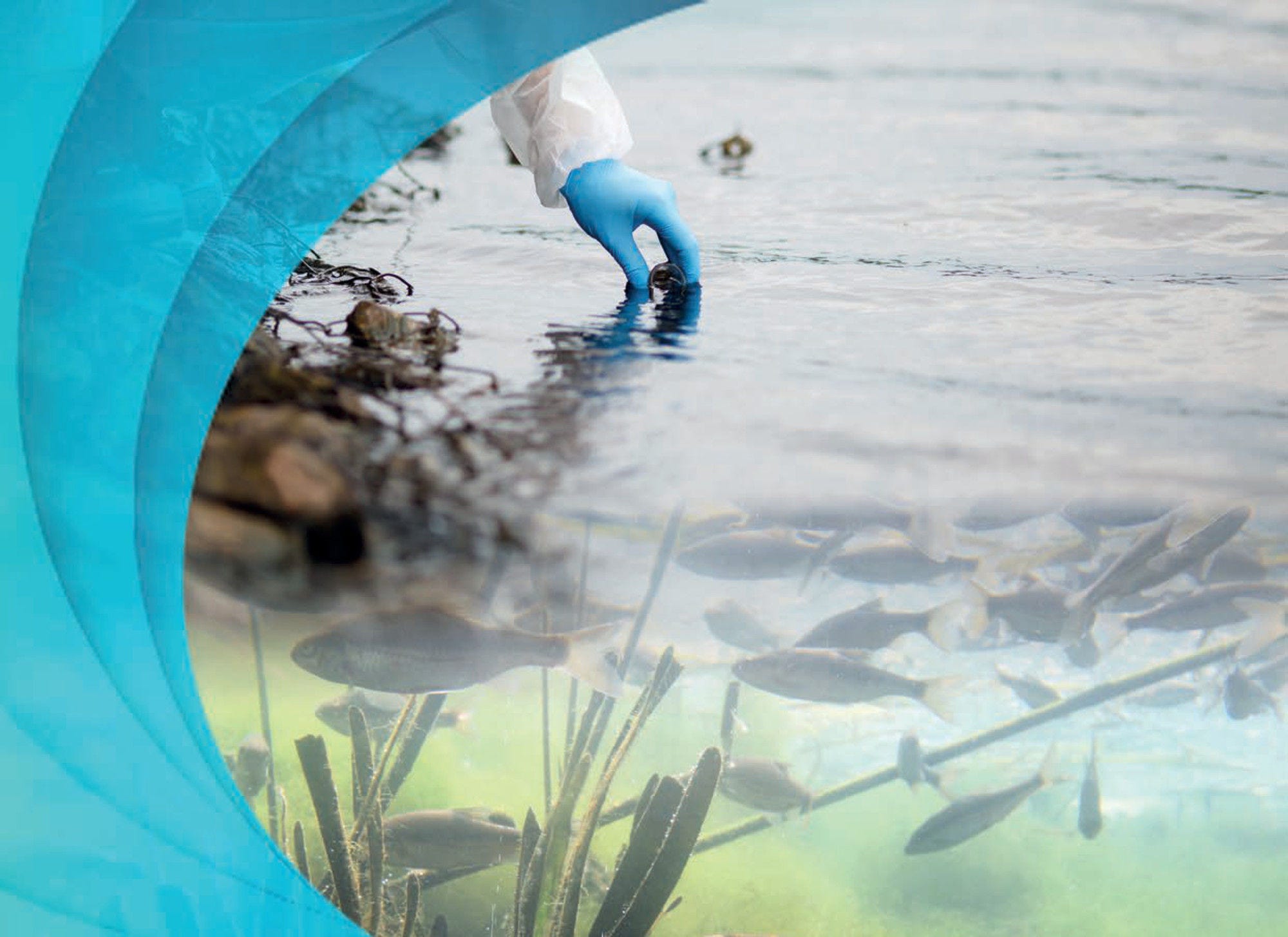Change in the morphology, physiology, growth, development, reproduction or life span of an organism, system or (sub) population that results in an impairment of functional capacity, an impairment of the capacity to compensate for additional stress or an increase in susceptibility to other influences (OECD, 2019[1]).
An Adverse Outcome Pathway describes a logical sequence of causally linked events at different levels of biological organisation, which follows exposure to a stressor and leads to an adverse health effect in humans or wildlife. (OECD, n.d.[2])
Bioassays or effect-based methods “are bioanalytical methods using the response of whole organisms (in vivo) or cellular bioassays (in vitro) to detect and quantify the effects of groups of chemicals on toxicological endpoints of concern. (Brack et al., 2019[3]) See also: in vivo tests and in vitro tests
Levels of biological organization: Atom, molecule, cell, tissue, organ, organ system, organism (individual), population, community (Villeneuve and Garcia-Reyero, 2010[4]).
A vast array of contaminants that have only recently appeared in water, or that are of recent concern because they have been detected at concentrations significantly higher than expected, and/or their risk to human and environmental health may not be fully understood. Examples include pharmaceuticals, industrial and household chemicals, personal care products, pesticides, manufactured nanomaterials, microplastics, and their transformation products. Also commonly known as micropollutants or emerging pollutants.
Estrogen, Androgen, Thyroid and Steroidogenesis modalities are the most studied endpoint for endocrine disruption. The OECD added in its revised document modalities for invertebrates: Juvenile Hormones (Jh) and ecdysteroids (Ec) (OECD, 2018[5]).
A substance having the inherent ability to interact or interfere with one or more components of the endocrine system resulting in a biological effect but need not necessarily cause adverse effects (EFSA, 2013[6]).
“An [endocrine disrupter] is an exogenous substance or mixture that alters function(s) of the endocrine system and consequently causes adverse health effects in an intact organism, or its progeny, or (sub)populations.” And, “a potential [endocrine disrupter] is an exogenous substance or mixture that possesses properties that might be expected to lead to endocrine disruption in an intact organism, or its progeny, or (sub)populations” (IPCS, 2002[7]). Also known as endocrine disrupting chemical or endocrine disrupting substance.
The chemical coordinating system in animals, that is, the endocrine glands that produce hormones (Jacsó, 2002[8]).
The recorded observation coming from an in chemico method, an in vitro assay or an in vivo assay (OECD, 2011[9]).
Bioanalytical methods using the response of whole organisms (in vivo) or cellular bioassays (in vitro) to detect and quantify the effects of groups of chemicals on toxicological endpoints of concern (Brack et al., 2019[10]).
“A tool for identifying predominant toxicants in complex, mostly environmental mixtures combining effect testing, fractionation and chemical analysis”; “Designed to direct chemical analysis toward those chemicals that actually cause hazards mostly indicated by laboratory in vitro and in vivo bioassays” (Brack, 2011[11])
Decision-making in chemicals management that “focuses on addressing the inherent hazards of chemicals through substitution or other approaches, rather than calculating an acceptable level of risk” (UNEP, 2019[12])
“The traditional definition of a hormone is a molecule produced by an endocrine gland that travels through the blood to produce effects on distant cells and tissues” (UNEP WHO, 2013[13]).
“Indirect effects in ecotoxicology are defined as chemical- or pollutant-induced alterations in the density or behaviour of sensitive species that have cascading effects on tolerant species in natural systems” (Fleeger, 2020[14]).
The technique of performing a given experiment in a test tube, or, more generally, in a controlled environment outside of a living organism (OECD, 2018[15]).
Experimentation using a whole, living organism as opposed to a partial or dead organism, or an in vitro controlled environment. Animal testing and clinical trials are two forms of in vivo research (OECD, 2018[15]).
Chemicals that are banned or restricted, but still appear in environment as legacy compounds.
A combination of two or more chemicals (liquid or solid) that do not react with each other (OECD, 2018[15]).
Temporal co-exposure to any combination of two or more compounds that may jointly contribute to actual or potential effects in a receptor population (OECD, 2019[1]).
Adverse effects of chemicals that exhibit greater or even opposite effects at low doses compared to those observed at high doses. This means that traditional toxicology, which hinges on the premise that high-dose toxicity testing will proportionally inform us about low-dose exposures, does not hold (Vandenberg et al., 2012[16]).
Former wastewater that has been treated to remove solids and certain impurities. It is only intended to be used for non-potable uses (e.g. irrigation, dust control, fire suppression); with more advanced treatment, it can be used for indirect potable reuse (i.e. discharged into a water body before being used in the potable water system). Also known as reclaimed water (OECD, 2009[17]).
An approach to decision-making in chemicals management based on patterns of exposure to a chemical. “This includes identifying use patterns that may create widespread exposure across a population, or intense exposure for a subset of the population.” (UNEP, 2019[12])
Risk approach for testing water quality based on detection of above-threshold levels of single chemicals.
The classification of natural communities or organisms according to their place in the food chain. Green plants (producers) can be roughly distinguished from herbivores (consumers) and carnivores (secondary consumers) (United Nations, 1997[18]).
